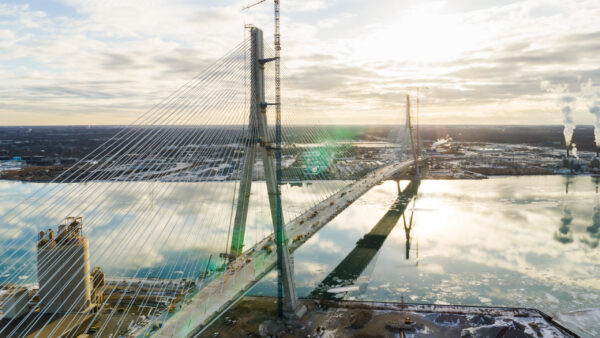Japan’s north-eastern prefecture of Fukushima, which was the site of a nuclear disaster following the Honshu Earthquake of 2011, is to be the site of 11 solar and 10 wind power plants.
The renewable energy plants, which are expected to cost about $2.7bn, will be built on radioactive farmland and mountainous areas that have experienced depopulation in the wake of the earthquake, and will be completed by 2024, the Nikkei Asian Review reports.
The state-owned Development Bank of Japan and Mizuho Bank are among a consortium of financiers that will loan some of the money for the developments. A Fukushima government official told Bloomberg on Monday that it would contribute $275m in subsidies to the clean energy project and that the first solar plant would probably be a 20MW installation in Minamisoma city.
The potential of the plants is estimated to be about 600MW, equal to two-thirds of a nuclear power plant. The electricity generated will be sent to the Tokyo area.
The plan also proposes the construction of an 80km-wide grid within Fukushima to connect the renewable plants with the Tokyo Electric Power Company’s transmission system.
The Fukushima nuclear power station was hit by a tsunami in March 2011 and suffered meltdowns in three of its nuclear reactors and a hydrogen explosion in the fourth. The disaster left an area of contamination equal to the size of Hong Kong, and prompted the largest decontamination exercise in history.
The earthquake moved Honshu, the main island of Japan, 2.4m east and shifted the Earth on its axis by about 10 cm.
Image: The city of Fukushima seen from Mount Shinobu (Disorn Lertchairit/Dreamstime.com)










